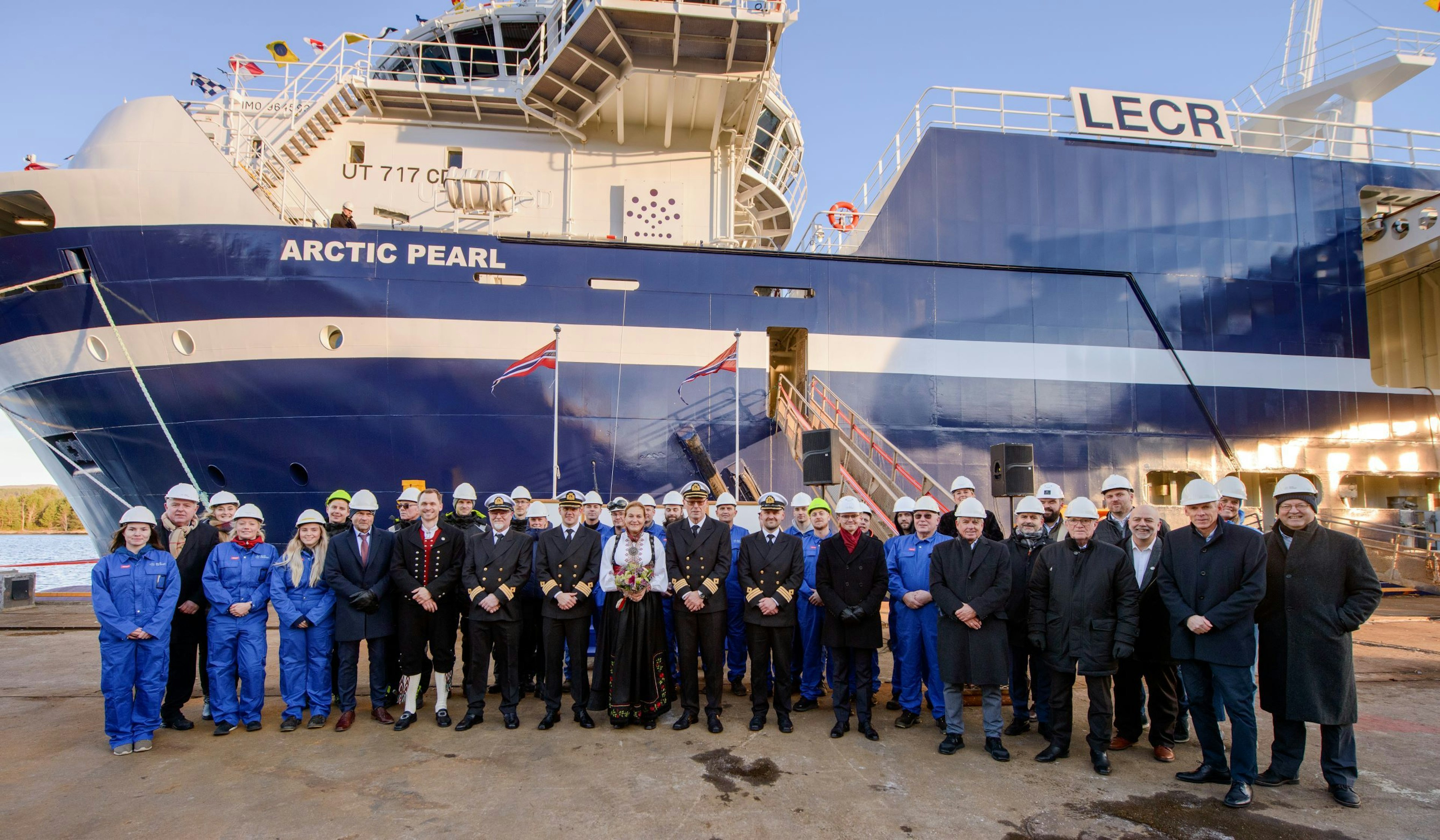Historic day as new seabed seafood adventure kicks off in Norway
The world’s first low-impact precision seabed harvester is ready to set course for the Barents Sea and the reopening of the arctic scallop fishery for the first time in 30 years.

When the Arctic Pearl this week sets out towards the wintry depths of the Barents Sea, it will be over three decades since anyone has harvested from the rich populations of arctic scallops in Norwegian waters. As a result of the unique technology Ava Ocean has developed in collaboration with SINTEF, Norwegian regulators granted the company a 5-year research quota of the species of up to 15,000 tonnes per year.
“Harvesting with minimal impact on the seabed and ecosystems is an important step towards developing sustainable fisheries. Ava Ocean is contributing to revolutionising an entire industry through developing technology for harvesting climate-friendly foods, where research and sustainability has been central throughout,” says Alexandra Bech Gjørv, President and CEO of SINTEF, one of the largest independent research organisations in Europe.
Tuesday this week she christened the ship, Arctic Pearl, at Fiskerstrand wharf outside Aalesund, Norway. The ship is a former oil service vessel now reinvented as a fishing vessel unlike any other.
“We are delighted so many of our most important partners and supporters could be her today and mark the occasion with us. This is the start of the next phase in this project, and a historic day for Norwegian fisheries,” said Øystein Tvedt, CEO of Ava Ocean.
Five years of research awaits
The Arctic Pearl will not only commence a fishery on a seafood delicacy that has been absent from the Norwegian seafood portfolio for decades, but also perform a thorough research project documenting development and impact on flora and fauna in collaboration with the Norwegian Institute of Marine Research.
“The goal is to prove not only that we have developed a gear able to efficiently pick shells from the seabed, but also that it is possible to harvest without harming the ecosystems on the seabed or the recruitment of new shells over time. It is the only way we will be able to establish a truly sustainable long-term fishery, both from an environmental and economic perspective,” says Tvedt.
During the 5-year research quota the company has been granted, Ava Ocean wants to show the world that it is possible to enjoy more of the many food resources abundant on the seabed, without negatively impacting their fragile ecosystems. Today there are few or no real alternatives to dredging, a controversial fishing method which is illegal in Norway, but still the most widely used method to fish bottom-dwelling seafoods internationally.
“One to watch” according to Forbes
The international potential of Ava Ocean’s innovative ocean tech solutions was recently highlighted in prestigious Forbes Magazine, listing Ava Ocean as one of five green Norwegian companies to watch.
“We are experiencing a lot of interest for our project and what we are aiming to do also outside of Norway. We hope that we will be able to share good results from our activity in the Barents Sea which will give grounds for international expansion, both in other locations and for other species,” Tvedt says.
He adds: “We have great faith in this project and can’t wait to start fishing, but we are also prepared for it taking a little time before all cogs of the machinery functions optimally.”

Share article
Posted in News